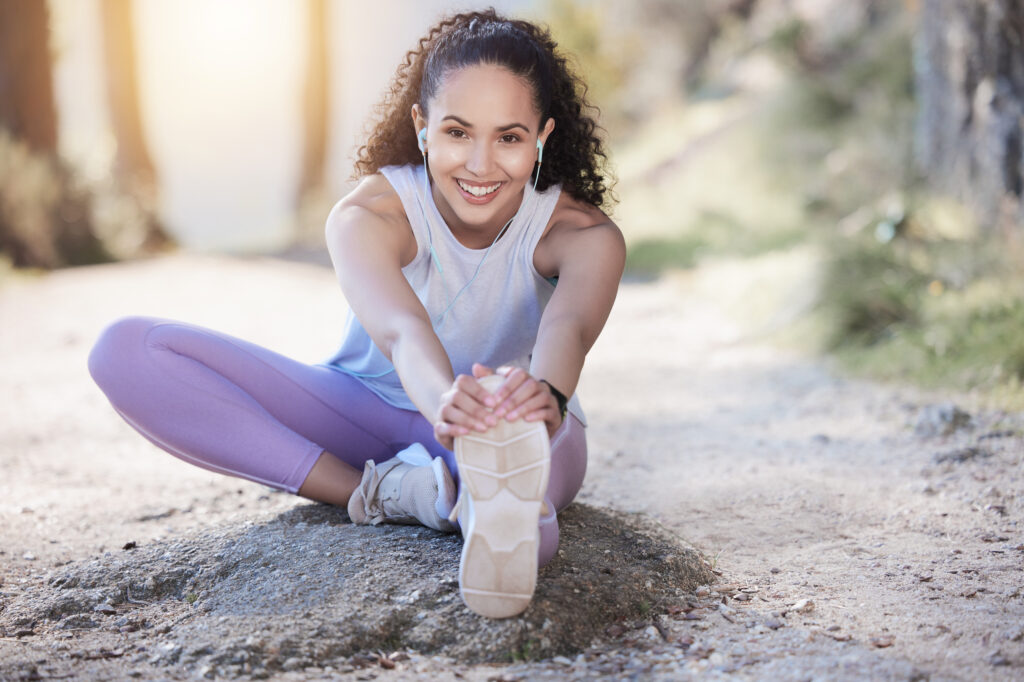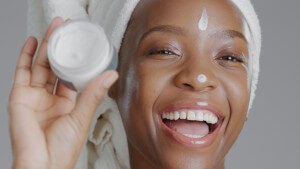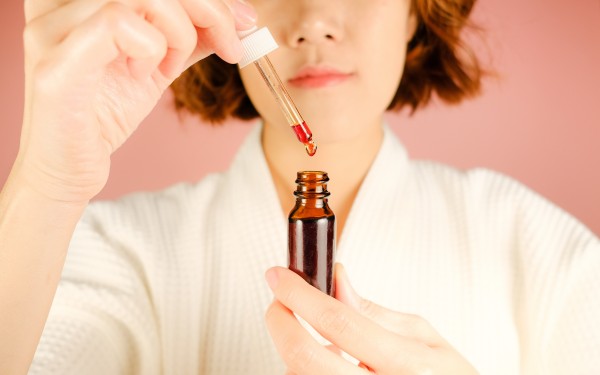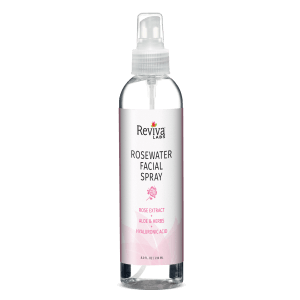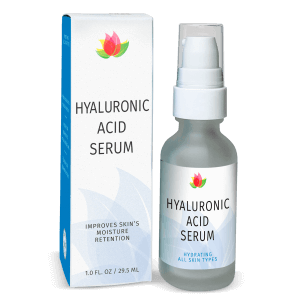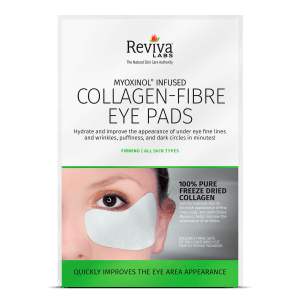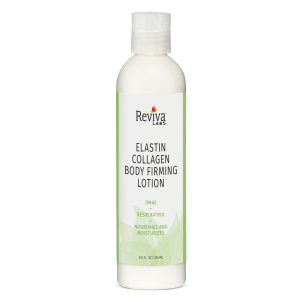Reviva Labs, Skin Care
Why Exercise Is a Secret Weapon for Your Skin
When you think about exercise, chances are your mind jumps to toned muscles, improved endurance, or better heart health. But here’s a truth that’s often overlooked: your skin reaps just as many rewards. In fact, a consistent workout routine can be one of the most transformative actions you can take for your skin’s appearance, texture, and resilience. It’s not just fitness—it’s skincare from the inside out.
According to research published in Aging Cell, individuals over 40 who regularly exercised had visibly younger skin, even resembling that of people in their 20s and 30s at a cellular level. That’s not hyperbole—it’s biology in motion.
Let’s unpack the remarkable ways that movement shapes our skin’s vitality and explore which types of exercise might give you the greatest glow.
How Blood Flow Fuels Skin Health
Every time your heart rate increases, your circulatory system gets a powerful jolt. This uptick in blood flow doesn’t just benefit your muscles—it delivers a fresh surge of oxygen and nutrients directly to your skin. Think of it like turning on a hose and flushing the garden with everything it needs to bloom.
This increased blood flow also supports lymphatic drainage, which helps clear waste and toxins that could otherwise contribute to puffiness and breakouts. Skin looks brighter post-workout not just because of a little sweat—it’s the radiance of refreshed skin cells.
Sweat Isn’t the Enemy
It’s common to worry that sweating can clog pores or cause breakouts. But in many cases, the opposite is true. Sweating helps purge your pores of grime and oil. It acts as a natural detox for the skin, especially when followed by gentle cleansing.
The key? Don’t let sweat sit. Rinsing off soon after exercising helps prevent sweat from drying on your skin and combining with surface bacteria. A simple water-based cleanser can restore balance, and finishing with a toner containing ingredients like witch hazel or niacinamide helps reduce post-exercise redness.
Cardio: The Glow Booster
If you’re chasing that “post-facial” flush without stepping foot in a spa, cardio is your best bet. Aerobic exercise—like running, dancing, swimming, or cycling—boosts circulation in a big way. This enhances oxygen delivery to the skin, improving elasticity and brightness.
But the benefits go beyond the mirror. Cardio helps regulate cortisol, the body’s primary stress hormone. Elevated cortisol is linked with increased oil production, acne flare-ups, and even breakdown of collagen. Reducing those spikes through regular aerobic activity can calm inflammation and delay signs of aging.
In one study from McMaster University, researchers found that individuals who did at least 30 minutes of cardio twice weekly had significantly thicker and healthier skin layers compared to sedentary participants, even without the use of skincare products.
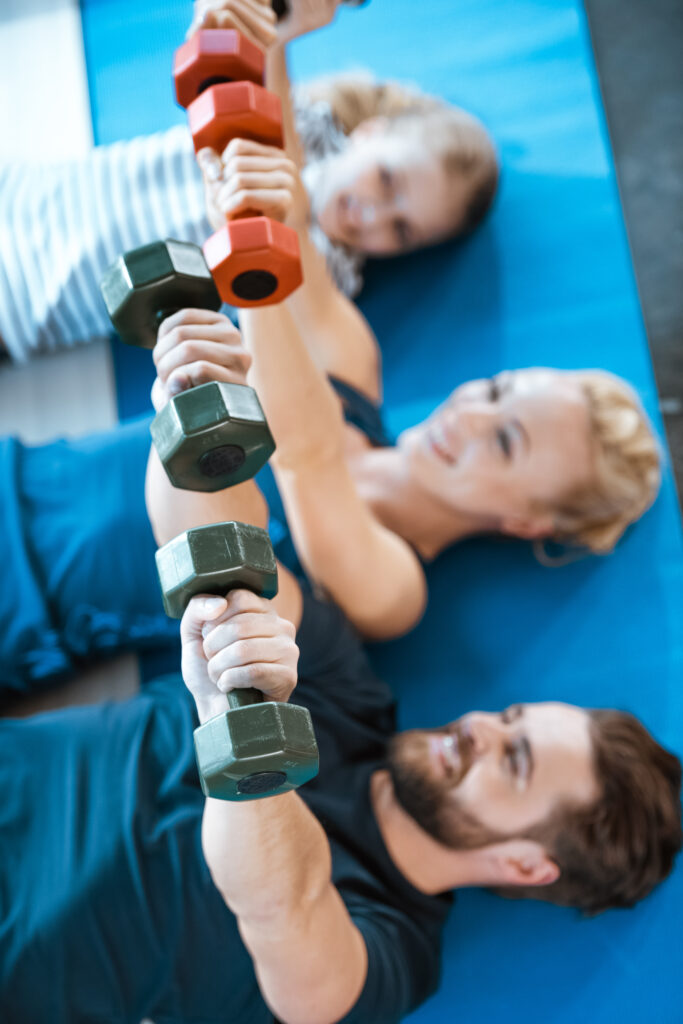
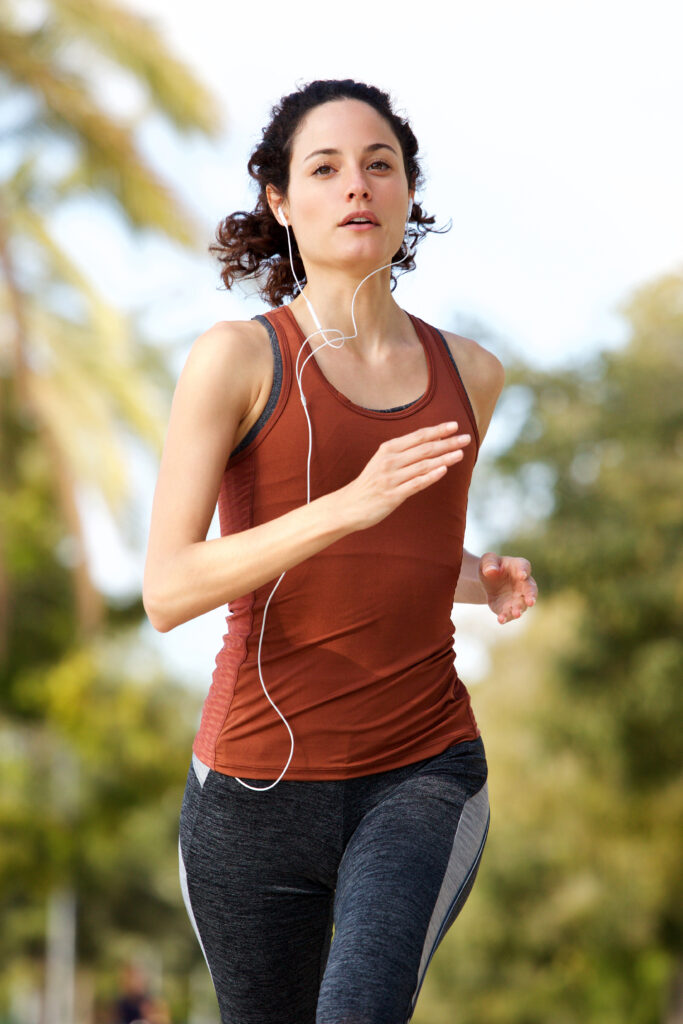
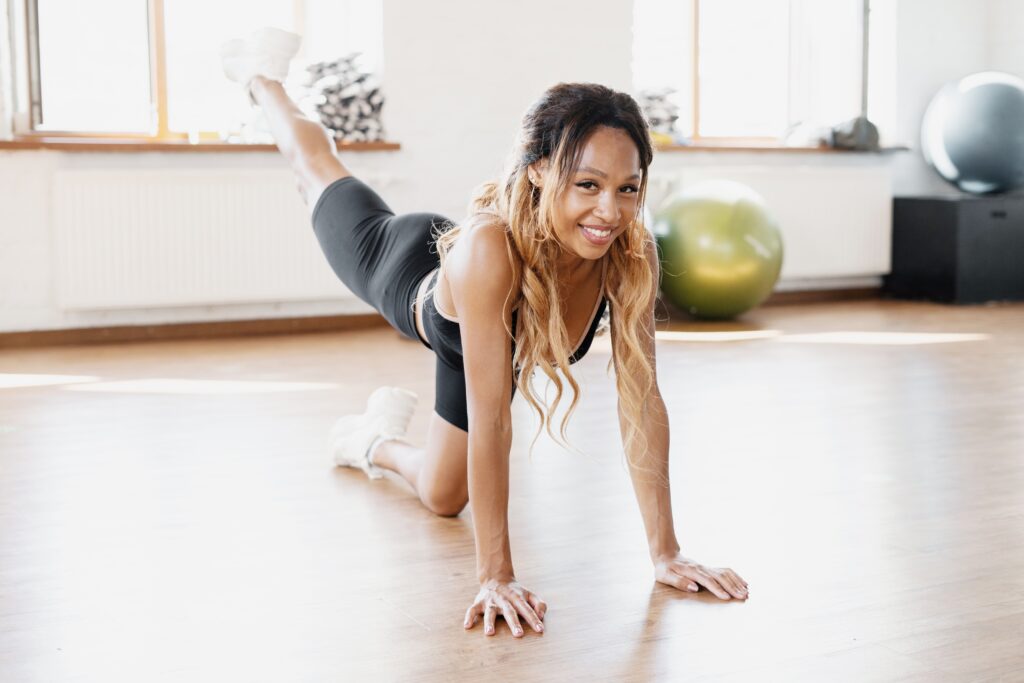
Strength Training: The Firmness Factor
While cardio gives you glow, resistance training might be your skin’s best ally in staying firm and supple.
As we age, collagen and elastin levels naturally decline. This is what leads to sagging, fine lines, and changes in texture. But strength training stimulates the production of human growth hormone (HGH) and supports muscle tone beneath the skin. This increased tone helps the skin appear tighter and more lifted, especially in areas prone to laxity like the jawline, arms, and thighs.
Additionally, strength training improves insulin sensitivity and helps balance hormones that influence oil production and skin clarity—especially important for people with acne-prone or hormonally sensitive skin.
Yoga and Stretching: Stress Reduction in Action
Stress doesn’t just affect your mood—it shows up on your face. Chronic stress is a known trigger for inflammatory skin conditions such as eczema, psoriasis, and acne. It also slows down wound healing and contributes to dullness and sensitivity.
This is where slower, mindfulness-based exercise comes into play.
Yoga, tai chi, and other gentle movement practices have been proven to lower cortisol and promote parasympathetic nervous system activity—aka the rest-and-digest state. These forms of exercise improve breathing, reduce tension, and foster calm. The result? Skin that’s better able to heal and maintain equilibrium.
Post-yoga glow is a real thing—and it’s driven by a combination of mental ease, improved circulation, and reduced inflammation.
Is One Type of Exercise Better for Skin Than Another?
While each form of exercise offers unique skin benefits, the best routine is a well-rounded one. Combining cardio, strength training, and recovery-focused movement ensures your body and skin experience a complete spectrum of benefits—from improved circulation and hormonal balance to reduced oxidative stress.
Here’s how that breakdown might look:
- Cardio (3–4 times per week): For boosting circulation, detoxification, and regulating cortisol.
- Strength/resistance training (2–3 times per week): To support muscle tone, collagen stimulation, and hormonal harmony.
- Mind-body or recovery practices (daily or as needed): To keep inflammation low, support healing, and reduce flare-ups tied to stress.
You don’t need to be in the gym seven days a week to see improvements. Even brisk walks or short home sessions can contribute to better skin over time.
The Role of Recovery and Sleep
Your skin regenerates while you rest. After a solid workout, the body ramps up repair processes—especially during sleep. Collagen production, cell turnover, and damage repair are all heightened at night. That’s why the combination of physical activity and proper sleep is so potent for maintaining a youthful complexion.
Supporting your post-workout recovery with skincare can amplify these benefits. Applying a hydrating serum or antioxidant cream after cleansing (especially one rich in hyaluronic acid, niacinamide, or peptides) can reinforce the skin barrier and lock in moisture.
Can Exercise Prevent or Slow Aging of the Skin?
There’s growing evidence that regular exercise doesn’t just make you feel younger—it literally changes the skin on a cellular level. Research published in The Journal of Investigative Dermatology showed that older adults who were active had significantly thinner stratum corneum (outer layer of skin) and thicker dermis compared to sedentary counterparts. These changes mirrored the skin composition of much younger individuals.
Why does this happen? Exercise increases levels of IL-15, a protein that helps skin generate new mitochondria, the energy factories inside cells. Mitochondrial decline is one of the key drivers of visible aging. Reinvigorating this process can help maintain firmness, resilience, and that elusive youthful glow.
What About Breakouts from Exercise?
While exercise is generally beneficial, it’s not without pitfalls. Sweat that sits on the skin, along with buildup from tight workout clothes or shared equipment, can lead to breakouts—especially on the back, chest, or jawline.
Here’s how to protect your skin:
- Always wash your face after working out, preferably within 30 minutes.
- Use a gentle exfoliating cleanser a few times a week to keep pores clear.
- Opt for breathable, moisture-wicking fabrics.
- Tie your hair back and avoid heavy makeup while working out.
And don’t forget hydration—inside and out. Drinking enough water post-exercise helps maintain skin elasticity, while using a water-binding serum like one with hyaluronic acid keeps your skin visibly plump and refreshed.
The Long-Term Skin Benefits of Staying Active
The most exciting part of this entire equation? Consistency compounds. Like sunscreen or moisturizer, exercise delivers the best results when practiced regularly. Over time, those daily walks, gym sessions, or dance classes build more than stamina—they build a complexion that’s resilient, balanced, and radiant.
You’re investing in your skin’s future with every workout. Whether you’re powering through cardio intervals, flowing through a yoga sequence, or lifting weights to Beyoncé, your skin is quietly thanking you for each drop of effort.

